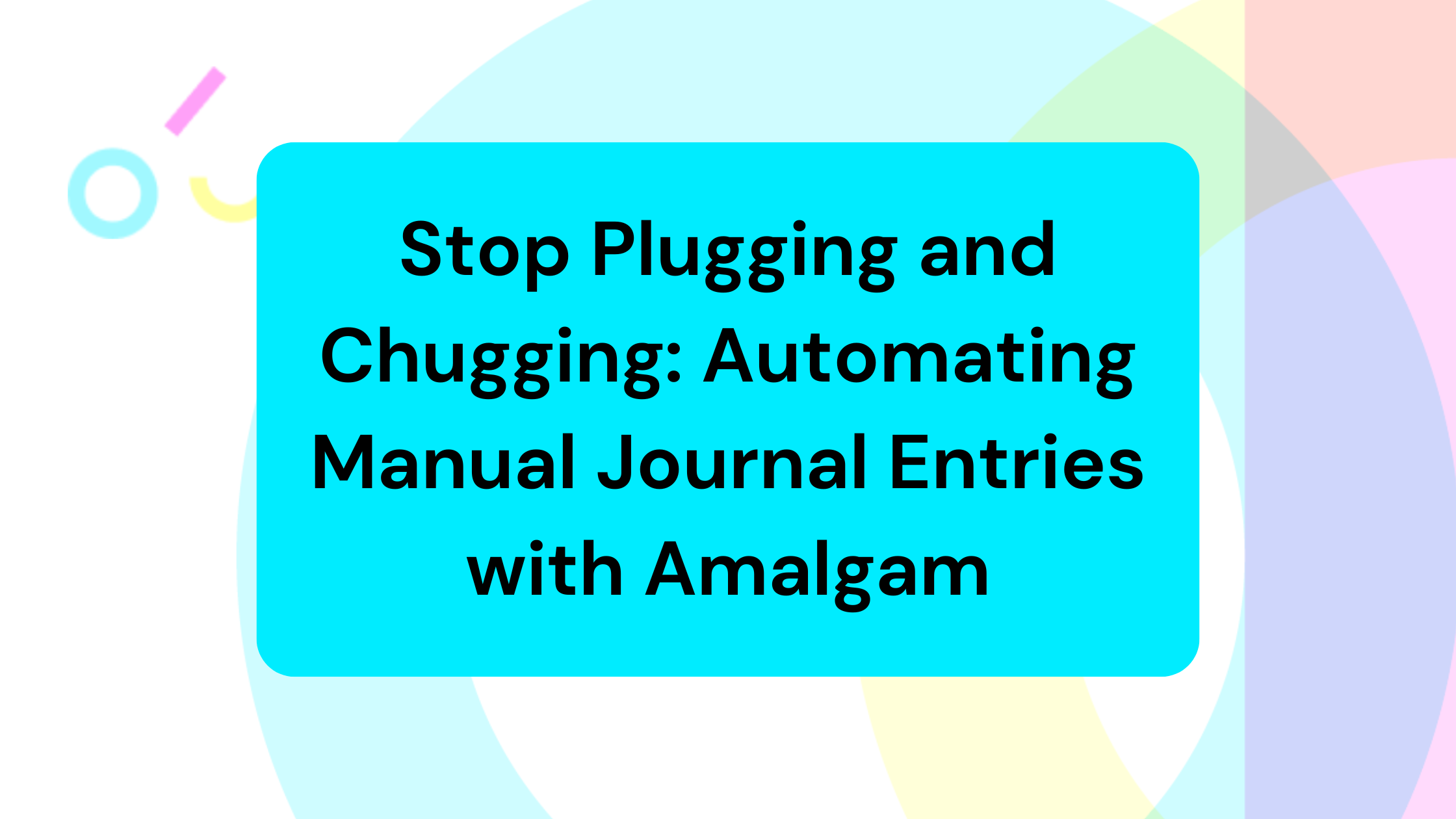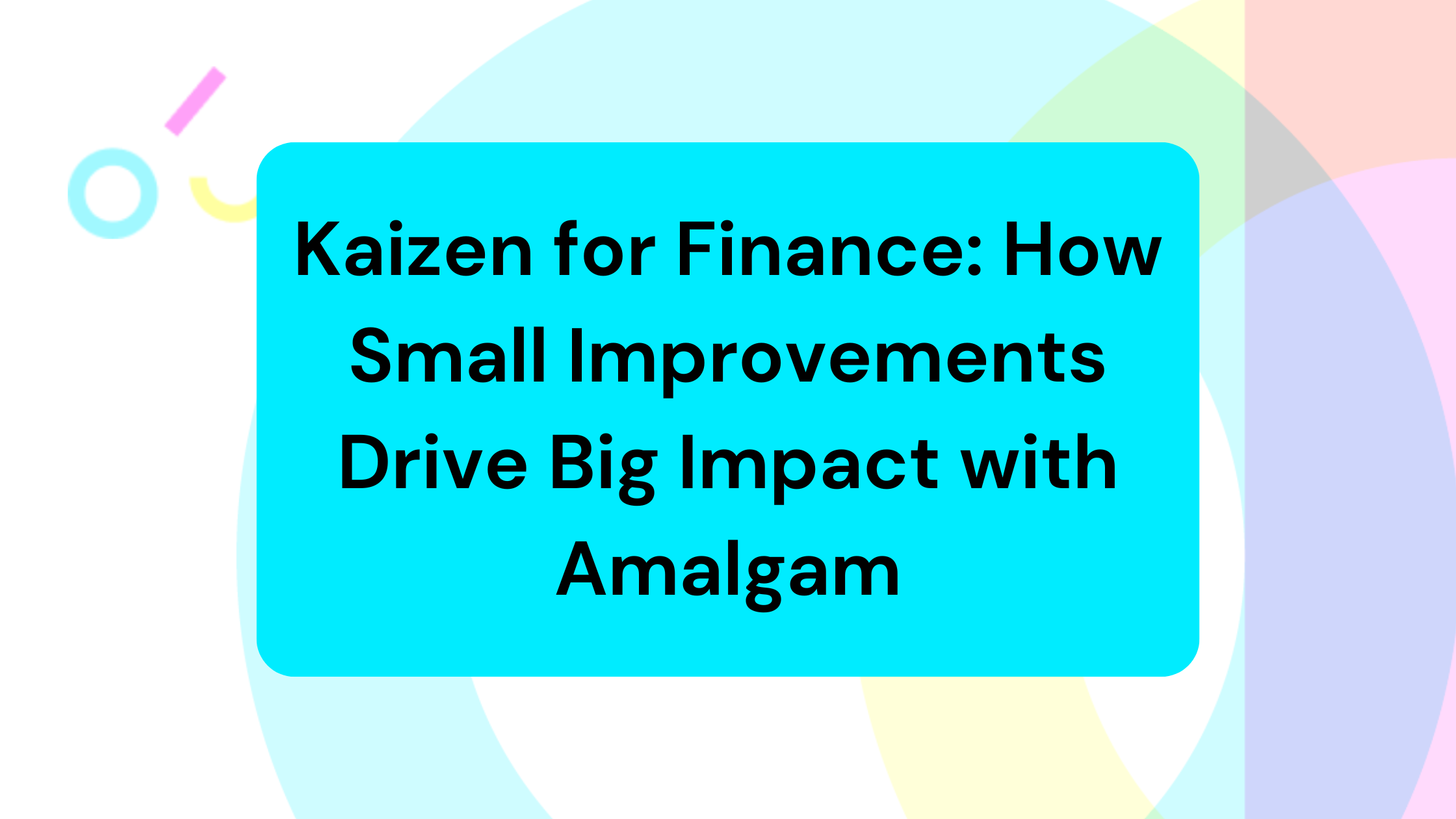Having the right tools and systems is essential for staying competitive and driving growth. An ERP (Enterprise Resource Planning) software is crucial for many businesses in streamlining operations, improving efficiency, and facilitating data-driven decision-making. But how do you know when to switch to an ERP? In this article, we’ll explore the key signs that indicate your business may be ready for an ERP upgrade.
Cloud Computing
Cloud computing has revolutionized the accounting industry recently, with platforms like QuickBooks Online (QBO) and Xero leading the charge for SMBs. The accessibility, flexibility, and scalability of cloud-based accounting software have transformed how businesses manage their financial operations. What was once seen as a novel concept has become an indispensable tool for businesses of all sizes. The lifetime of cloud computing solutions like QBO and Xero has witnessed remarkable growth as they continue to evolve and adapt to meet the ever-changing needs of modern businesses. Today, these platforms offer a power and usefulness that was previously unimaginable, empowering businesses to streamline their accounting processes, enhance collaboration, and confidently make data-driven decisions. However, for some organizations, these tools may be too limiting or can’t keep up with a growing business, making it beneficial to consider implementing an ERP system that integrates seamlessly across various teams.
What is an ERP?
Enterprise Resource Planning (ERP) is a comprehensive software solution that integrates core business processes such as finance, human resources, inventory management, supply chain, and customer relationship management into a unified system. ERP systems provide a centralized platform for managing and automating various business functions, enabling organizations to streamline operations, improve efficiency, and gain valuable insights into their operations. ERP software benefits medium- to large-sized enterprises operating in complex and highly regulated industries such as manufacturing, distribution, retail, and professional services. These industries often deal with intricate processes and require robust systems to manage diverse operations effectively. Organizations can standardize processes, enhance collaboration, optimize resource utilization, and drive business growth by implementing an ERP system. Additionally, ERP solutions offer scalability, allowing businesses to adapt to changing market conditions and scale their operations seamlessly as they expand.
When is an ERP necessary?
An ERP system becomes a focus when various parts of your business require enhanced functionalities beyond what essential accounting software can provide. An ERP can integrate these disparate processes into a cohesive system if your business involves complex supply chain management, inventory control, human resources, or other intricate operations. This integration ensures that all departments work with the same data and processes, leading to more efficient operations and better decision-making. The decision to implement an ERP often falls on the accounting and finance teams, as they need to ensure that the new system can seamlessly integrate with financial operations while providing the necessary functionalities for other business areas.
From an accounting perspective, the need for an ERP arises when the business’s financial complexity exceeds the capabilities of standard accounting software like QuickBooks or Xero. Businesses with multiple entities, international operations involving multicurrency transactions, or sophisticated reporting needs often find that more than basic accounting tools are required (think front-to-back supply chain tracking). As transaction volumes increase, the limitations of QBO and Xero become apparent, necessitating a move to a more robust ERP system. An ERP provides the detailed financial reporting and scalability required for growing businesses, ensuring that accounting processes can keep pace with business expansion and regulatory demands.
Downsides of Moving to an ERP
Price is a significant factor, as ERP systems can be a substantial investment. It’s crucial to weigh the costs against the benefits and potential ROI. Subscriptions often run in the tens-of-thousands per year, and the implementation process often requires the assistance of a consultant, which adds to the overall expense and time commitment. Additionally, ERPs are more complex than the system you’re graduating from, often leading to an increased workload for your staff or the need to hire additional personnel to manage it effectively. Plus, the implementation itself can be a taxing project for your team and requires significant buy-in and effort to ensure a smooth transition.
Conclusion:
As your company grows and your accounting needs become more complex, baseline tools like QuickBooks and Xero may no longer suffice. Deciding when to switch to an ERP system is a critical decision that can significantly impact your business operations. You must understand your business needs and objectives first and foremost. Next, evaluate the functionalities required, such as supply chain management, inventory control, or multicurrency transactions, to ensure the ERP system can support your operations. When choosing the right ERP for your business, consider cost, implementation, and customer support, among others.
Also, consider your business’s trajectory to ensure the ERP is a good fit for the long haul. By carefully considering these factors, you can ensure that your technology infrastructure supports your business’s long-term growth and success.




